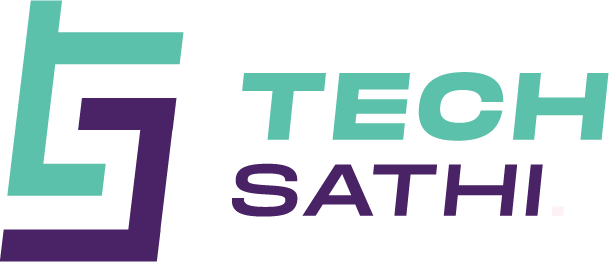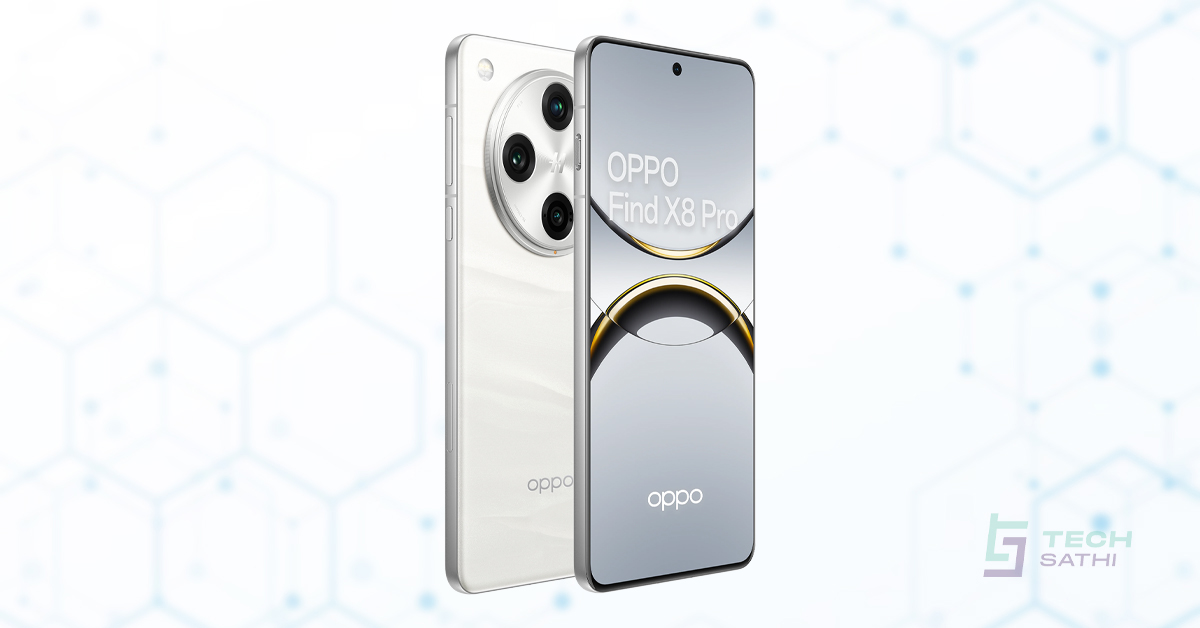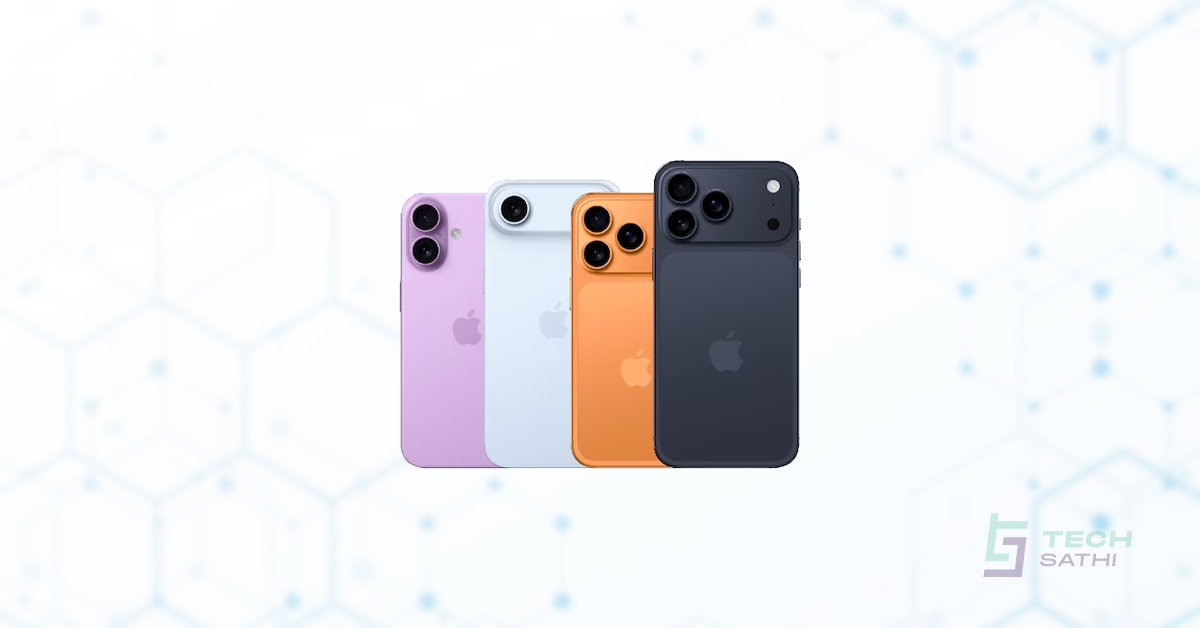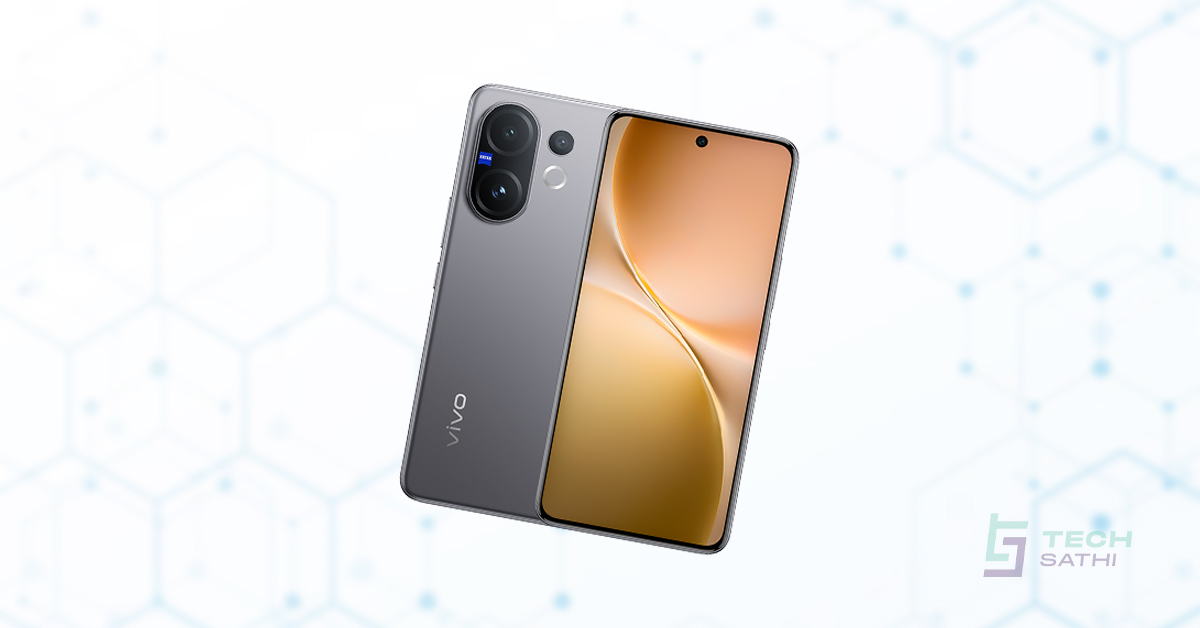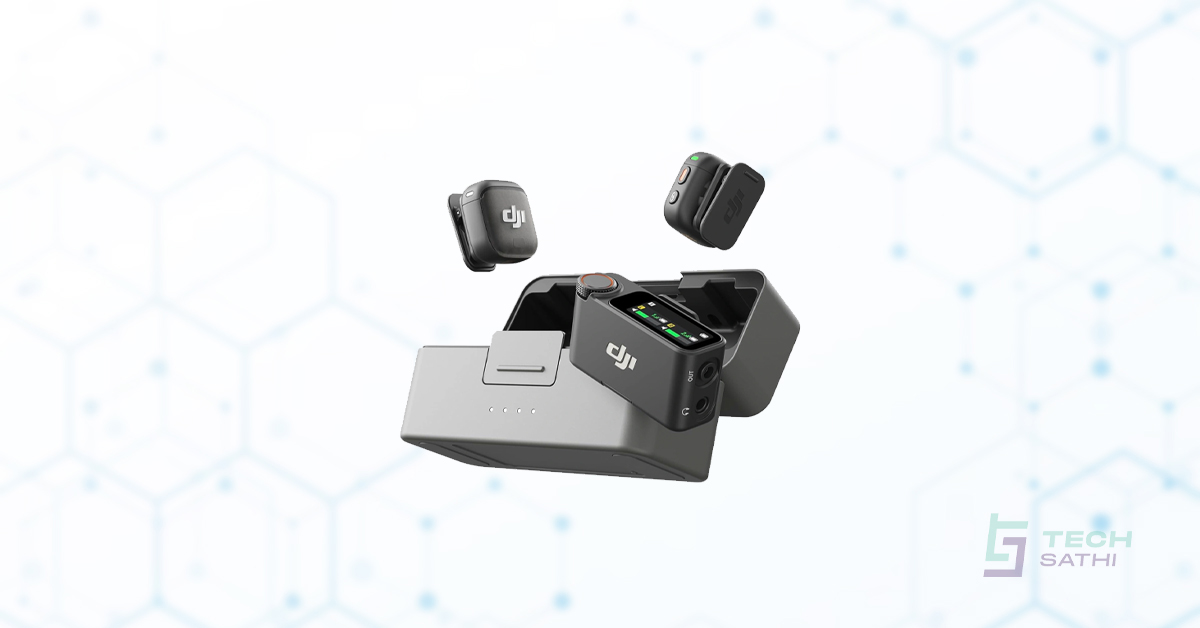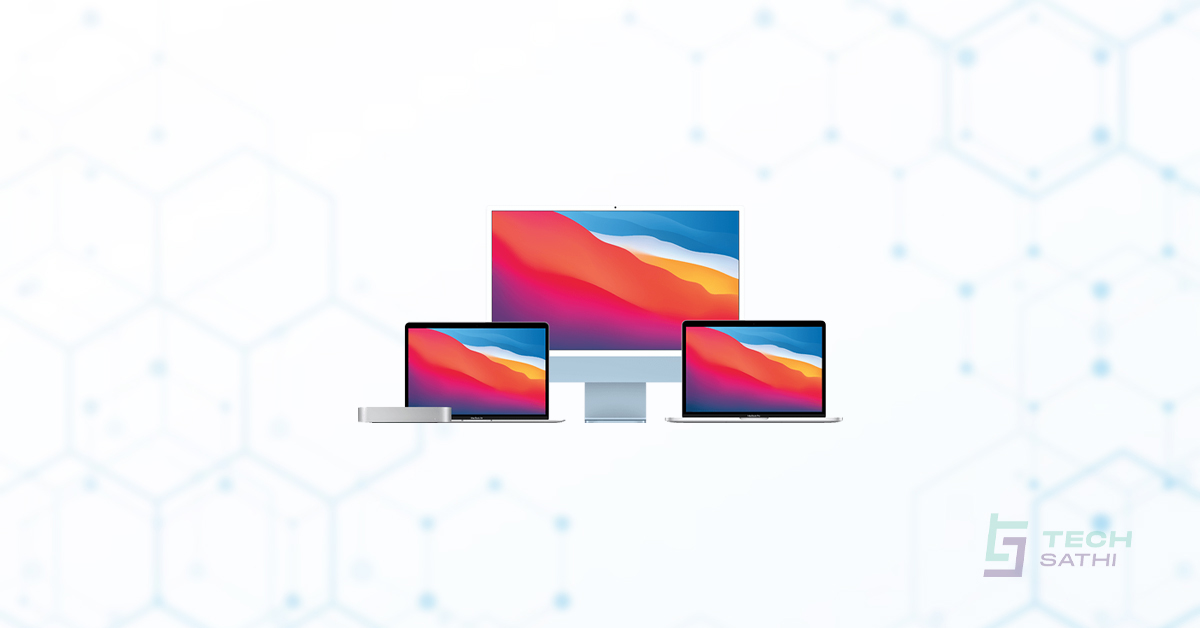Smartphone technology has advanced significantly by 2025. One of the most notable trends is the growing support for stylus input. These devices are becoming more than just communication tools. They now serve as powerful productivity and creativity platforms. Many manufacturers are investing heavily in stylus-friendly designs. This trend benefits artists, students, designers, and professionals alike.
Stylus-enabled phones combine precision with portability. They allow users to take notes, sketch, annotate documents, and edit photos. The experience has improved thanks to better screen sensitivity and lower latency. As a result, these phones are attracting a broader audience. In 2025, several top brands offer excellent options.
Samsung Galaxy S25 Ultra: The Unmatched Leader
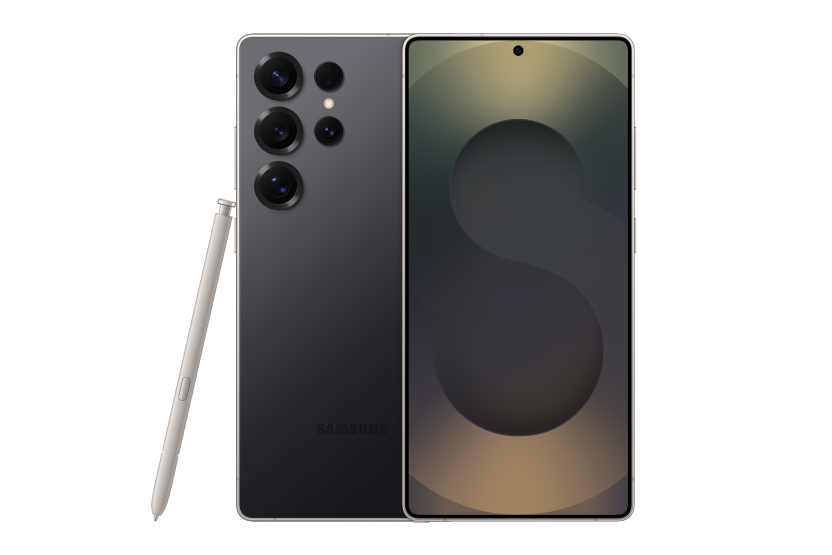
Samsung continues to dominate the stylus smartphone market with its Galaxy S25 Ultra. This device builds on the legacy of previous Note models. It features an improved built-in S Pen with reduced latency and enhanced pressure sensitivity. Users can write or draw with greater accuracy and comfort.
The display is optimized for stylus use. It supports ultra-low latency and high touch sampling rates. Samsung also introduced new software features. These include improved palm rejection and real-time ink rendering. The integration between the S Pen and Samsung Notes is seamless. This makes the S25 Ultra ideal for professionals who rely on handwriting and digital sketching.
You might also like : Snapdragon 8 Elite: A Game-Changing Processor
Oppo Find X8 Pro: A Strong Competitor Enters the Market
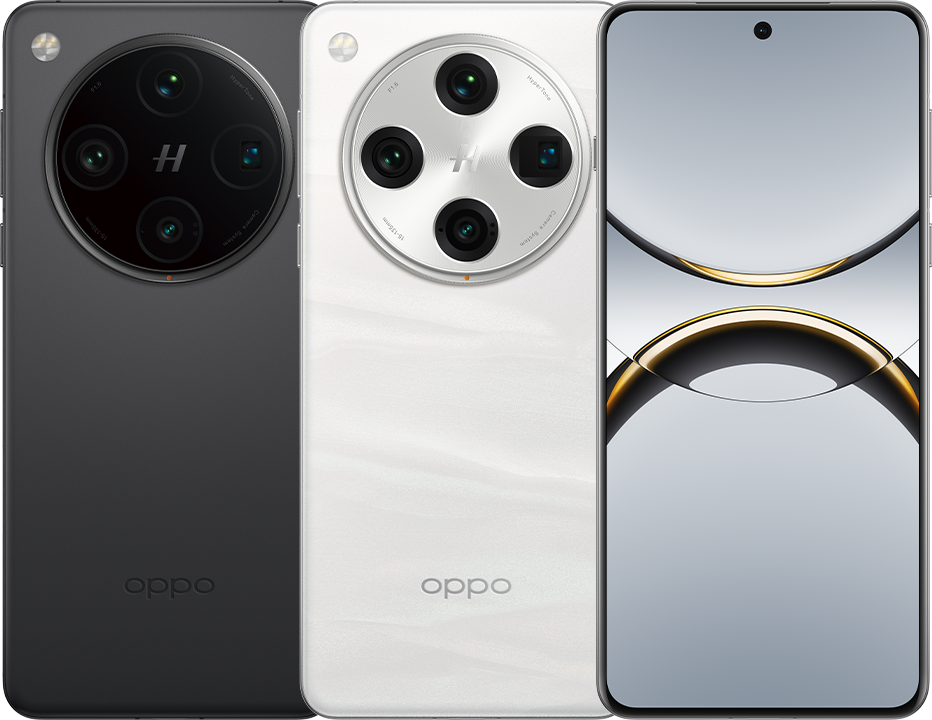
Oppo steps into the stylus game with the Find X8 Pro in 2025. This phone supports a dedicated stylus that feels natural in hand. The company worked closely with developers to ensure compatible apps recognize the stylus properly.
One standout feature is the ultra-responsive AMOLED display. It offers low-latency input and improved linearity for smoother strokes. Oppo also launched creative tools tailored for stylus users. These include a drawing app with custom brushes and gesture controls. The Find X8 Pro shows that Oppo is serious about competing in this niche.
Xiaomi Expands Its Ecosystem with Stylus-Friendly Devices
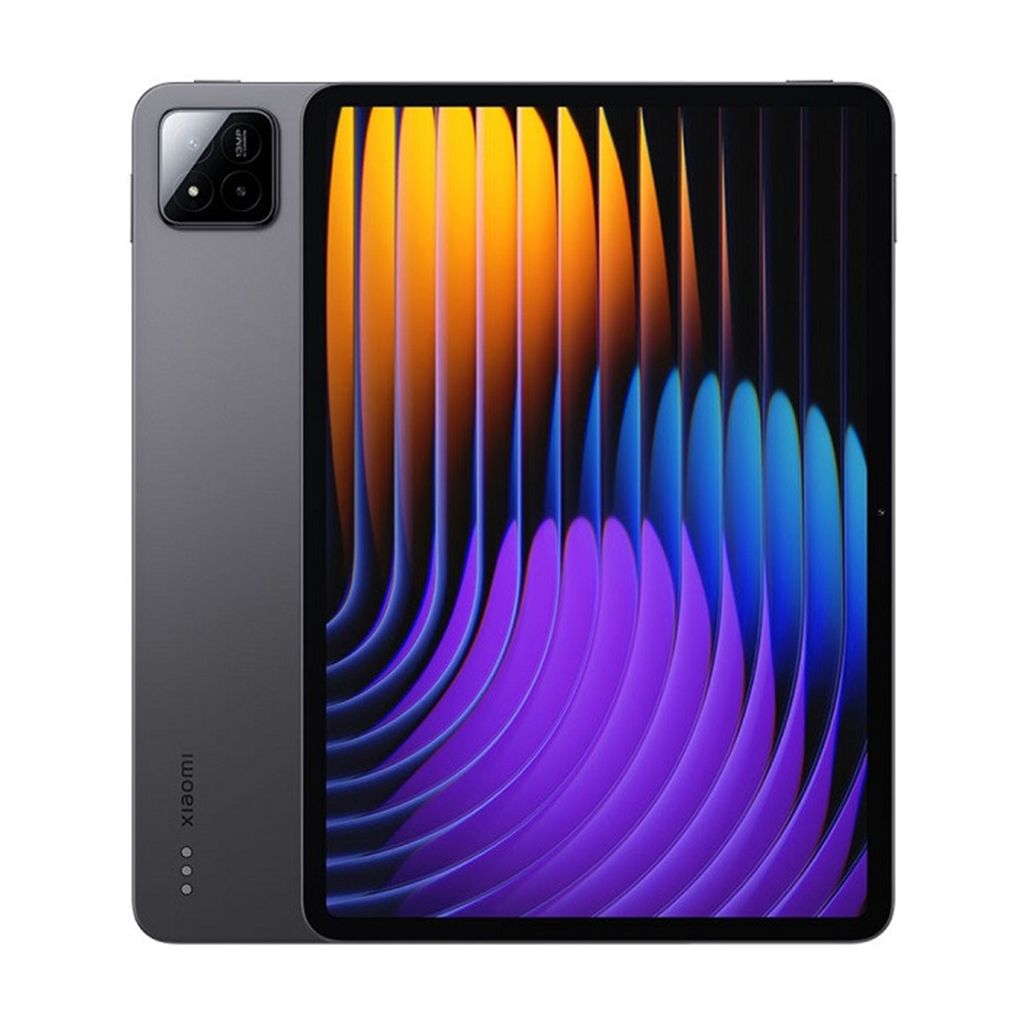
Xiaomi focuses on making stylus support accessible to more users. While it doesn’t yet have a flagship phone with built-in stylus support, the Mi Pad 7 plays a major role. It works well with Xiaomi’s other smart devices. This includes smartphones, tablets, and even laptops.
The Mi Stylus 3 offers good performance at an affordable price. Xiaomi also improved cross-device sync in MIUI 16. Users can now transfer notes, sketches, and annotations between devices easily. This makes Xiaomi a strong choice for budget-conscious buyers looking for an ecosystem approach.
Huawei MatePad Series: Blending Phones and Tablets
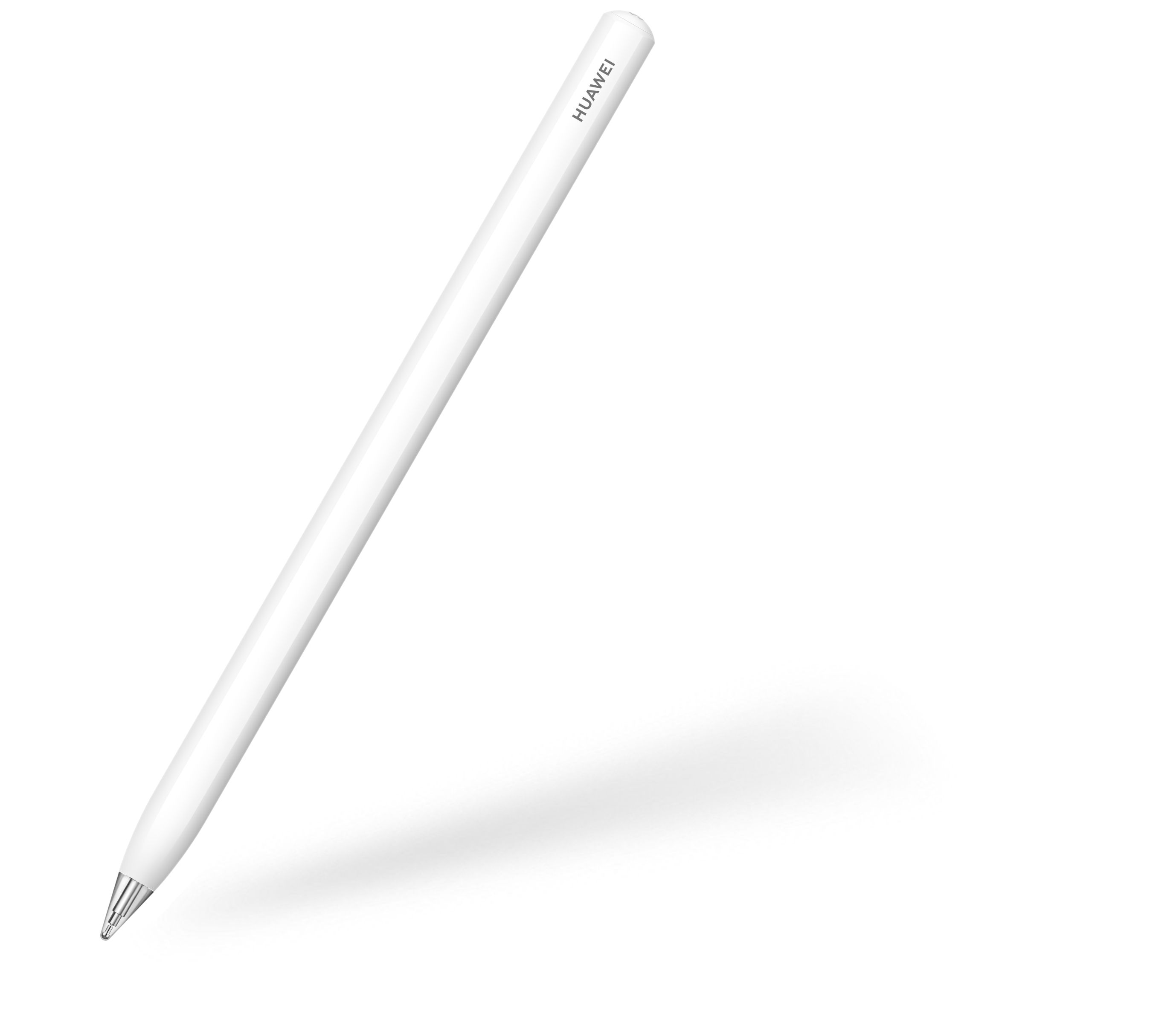
Huawei isn’t focusing only on phones. Its MatePad series of tablets often pairs with Huawei smartphones. Together, they form a powerful workspace for stylus users. The MatePad Pro 13 comes with the M-Pencil 3. It delivers smooth writing and precise control.
Huawei also introduced multi-device collaboration features. These allow users to mirror their phone screen on the tablet and use the stylus across both. For example, you can start taking notes on your phone and continue editing them on the tablet. This flexibility enhances the overall user experience.
Google Pushes Broader Stylus Integration on Android

Google took a different route in 2025. Instead of launching a branded stylus phone, it focused on improving stylus support across Android. With Android 15, there’s deeper integration for third-party styluses. More phones now recognize pressure levels and tilt angles accurately.
This shift allows more brands to offer stylus support without needing proprietary hardware. However, the level of optimization varies. Some brands implement stylus features better than others. But overall, Android users now have more choices when it comes to using a stylus.
What to Look for When Choosing a Stylus Smartphone
Not all stylus-compatible smartphones are created equal. Here are some key factors to consider before buying:
– Latency: Lower latency ensures a smoother writing or drawing experience.
– Pressure Sensitivity: Higher levels of pressure sensitivity allow for more detailed work.
– Palm Rejection: This feature prevents accidental touches when resting your hand on the screen.
– Battery Life: Some styluses have rechargeable batteries; check how long they last.
– Software Support: Ensure popular apps like Adobe Illustrator or Notability are optimized.
– Included vs. Optional Stylus: Some models include the stylus, while others sell it separately.
Real-World Use Cases: Who Benefits Most?
Stylus smartphones have become essential tools in various fields. Artists appreciate the ability to sketch directly on the screen. Students benefit from easy note-taking during lectures. Designers use them for quick edits or mockups on the go.
Professionals in architecture, engineering, and education also find value in stylus phones. They help with diagramming, marking up PDFs, and giving presentations. Even casual users enjoy writing reminders or doodling during downtime.
These devices bridge the gap between mobile convenience and desktop-like precision. As demand grows, so does the variety of use cases. Manufacturers are likely to keep expanding features to meet evolving needs.
Future of Stylus Technology in Mobile Devices
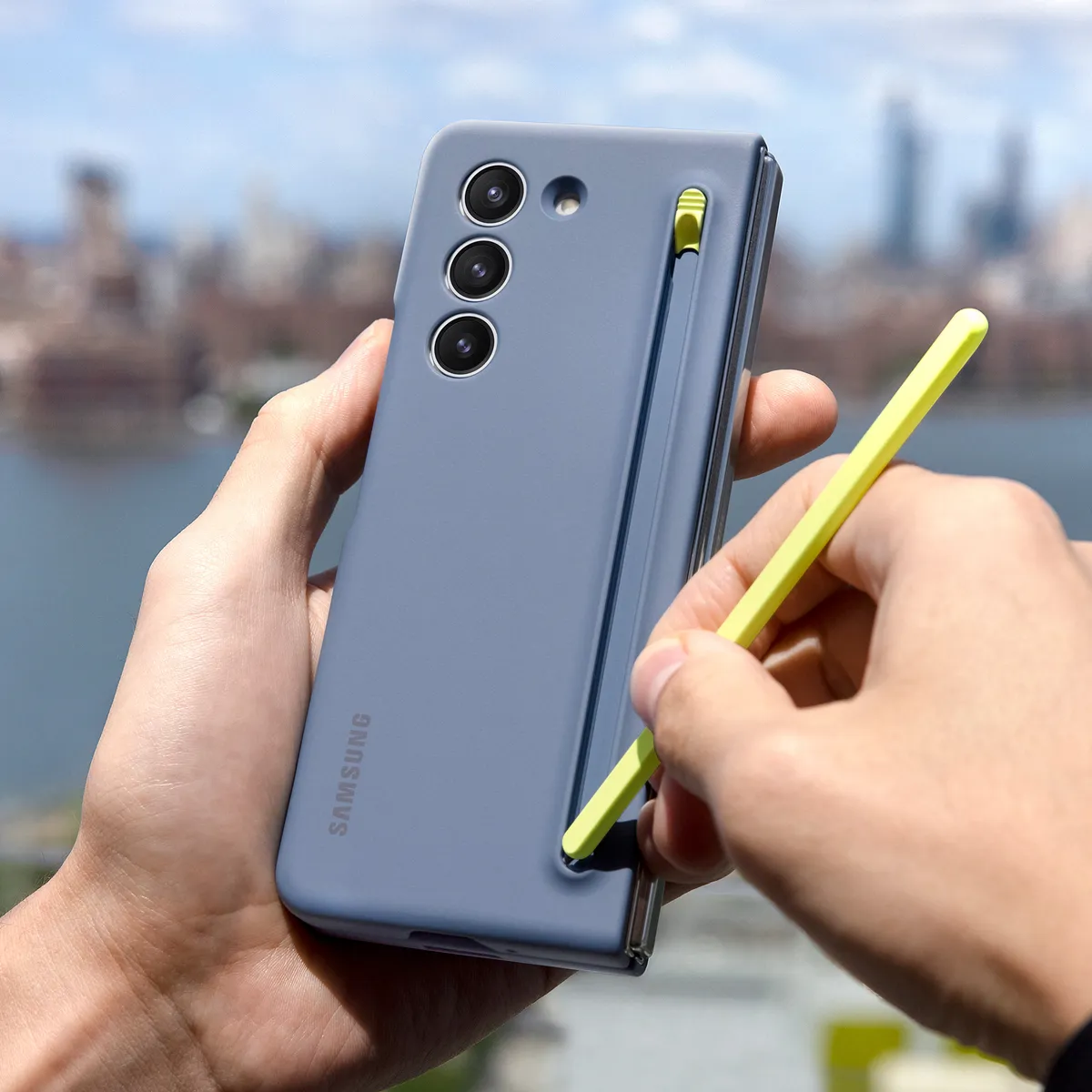
Looking ahead, we can expect further improvements in stylus functionality. Innovations like haptic feedback, pressure-sensing improvements, and AI-assisted drawing are on the horizon. Companies are exploring ways to make the stylus feel as natural as a traditional pen or pencil.
There is also talk of integrating AR and stylus input together. This could open new possibilities for interactive learning, design, and remote collaboration. As hardware and software evolve, the stylus will remain a vital tool for many users.
Conclusion
In 2025, smartphones with stylus support are more diverse than ever. Samsung leads the pack with the Galaxy S25 Ultra. Oppo brings fresh competition with the Find X8 Pro. Xiaomi offers affordable solutions through its ecosystem. Huawei excels in cross-device collaboration. Google expands access through Android improvements.
Whether you’re an artist, student, or professional, there’s a stylus-equipped device that meets your needs. The increasing variety and innovation suggest that this trend is here to stay. As technology continues to improve, so too will the stylus experience. The future looks bright for those who prefer a pen over a finger.

